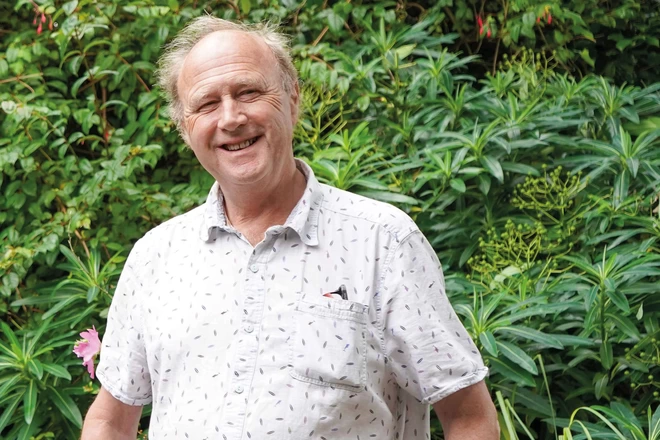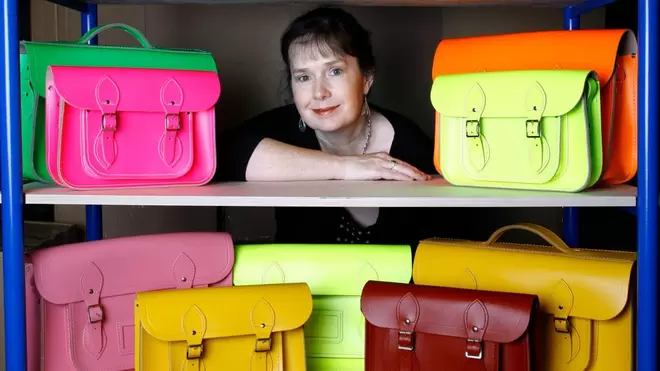

A little creative inspiration
At Holly & Co, we know we’re at our finest when we’re feeling inspired by fresh ways of doing things. So for insight and ideas on ways to gift thoughtfully, live creatively, think differently or even to shop purposefully, we have a range of articles that might help fire up your imagination.
Quick reads, full of ideas
BRING OUT THE CREATIVE IN YOU

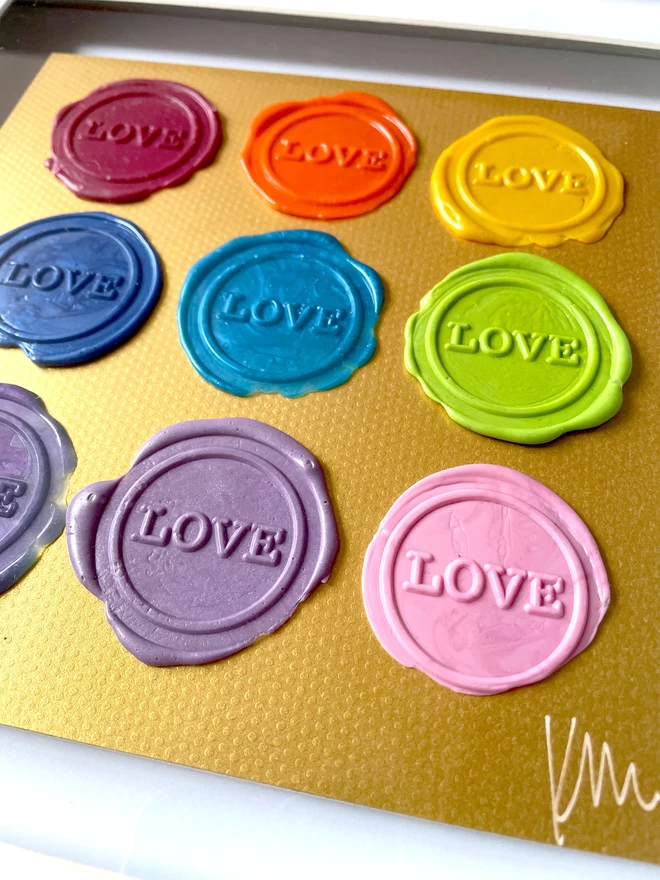
Anniversary gifts by year? Try these wedding anniversary gifts they’ll love
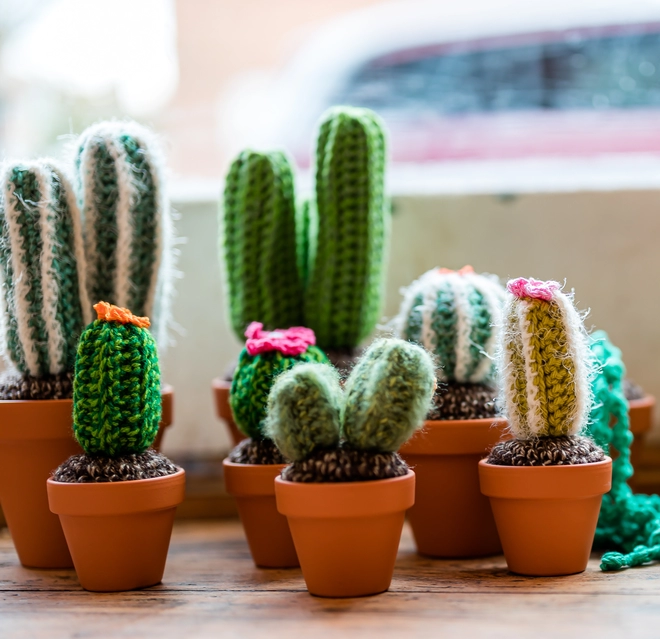
Unique birthday gift ideas: how to truly surprise your loved ones
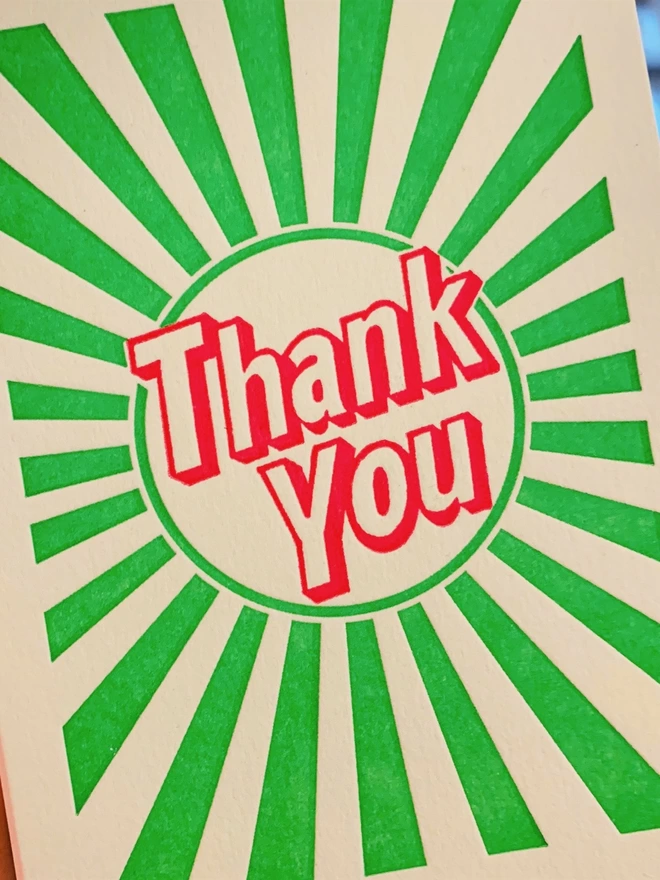
Thank you gift ideas, packed with thoughtfulness
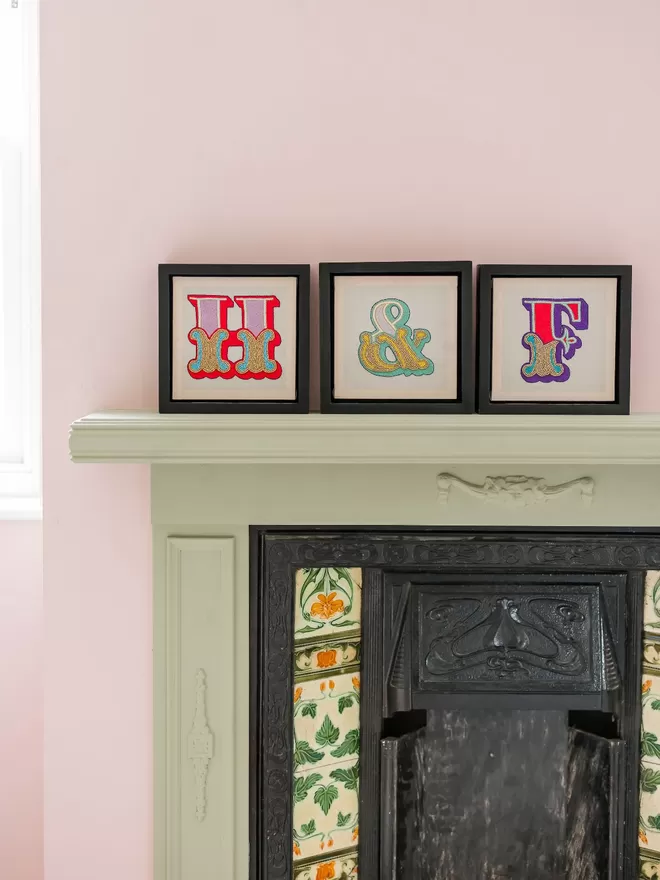
The most popular engagement gifts for 2025: unique, thoughtful and handmade

Supporting female founders and the true difference it makes
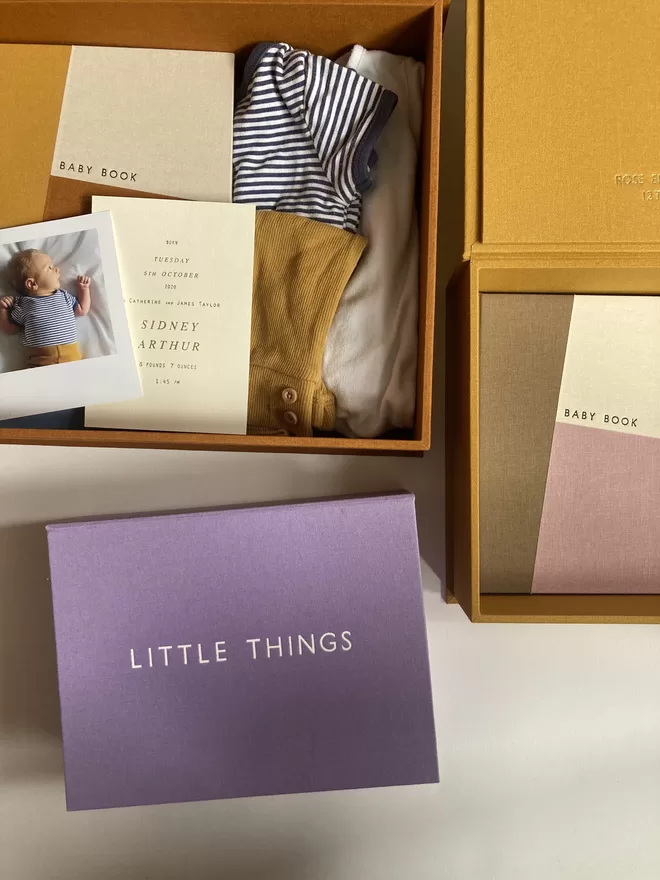
12 new baby gift ideas for 2025: newborn gifts they’ll love
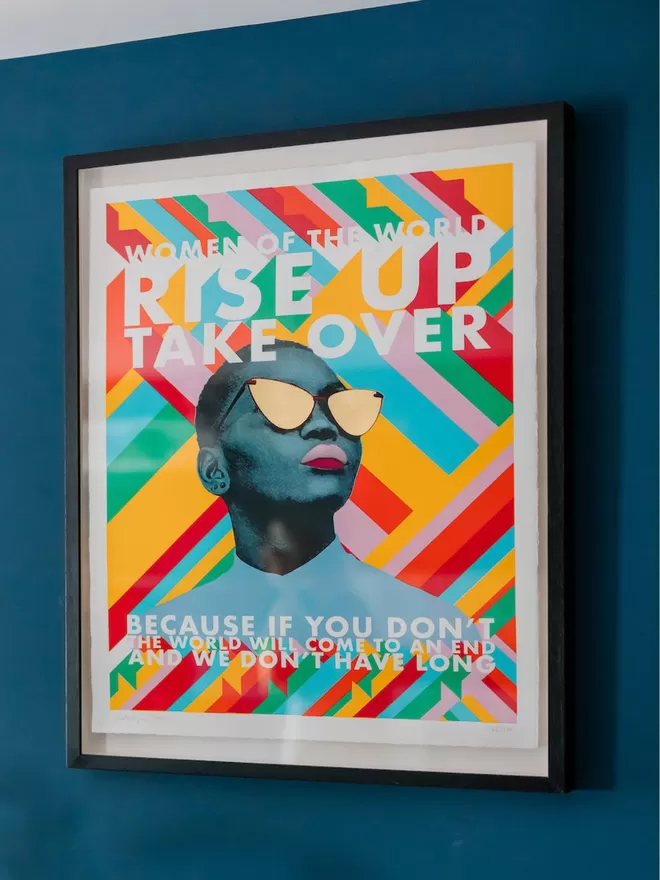
How to buy art that brings you joy: 6 tips from an avid art collector
Explore by category
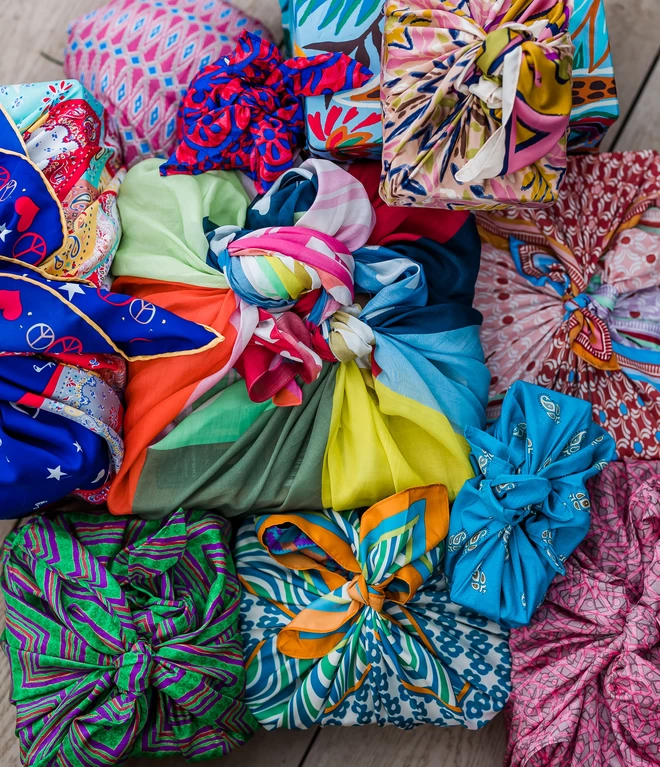
Gifting Thoughtfully

Living Creatively

Thinking & Thriving

Shopping Purposefully
Inspiration for your ears
ENLIGHTENING PODCAST EPISODES

On what can be achieved when you refuse to settle
What’s our Inspiration Hub for?
GIFT INSPIRATION, CREATIVE IDEAS & WAYS TO THINK ABOUT LIFE
Our Inspiration Hub is a place where you can explore the art of gifting thoughtfully and living creatively. We believe in the power of meaningful presents that touch hearts and inspire connections. We also believe in empowering women to live fully; with self expression and creativity. That’s why you can discover curated gift ideas, creative living inspiration and tips for infusing purpose into every aspect of your life, from how you think to what you buy, with finds that align with your values and make a positive impact through conscious choices. We each have an average of 29,000 days on the planet. Let’s live colourfully.
Be the first to know
Sign up to our emails for brand new small business gift and homeware ideas, as well as the latest creative inspiration, delivered straight to your inbox.


